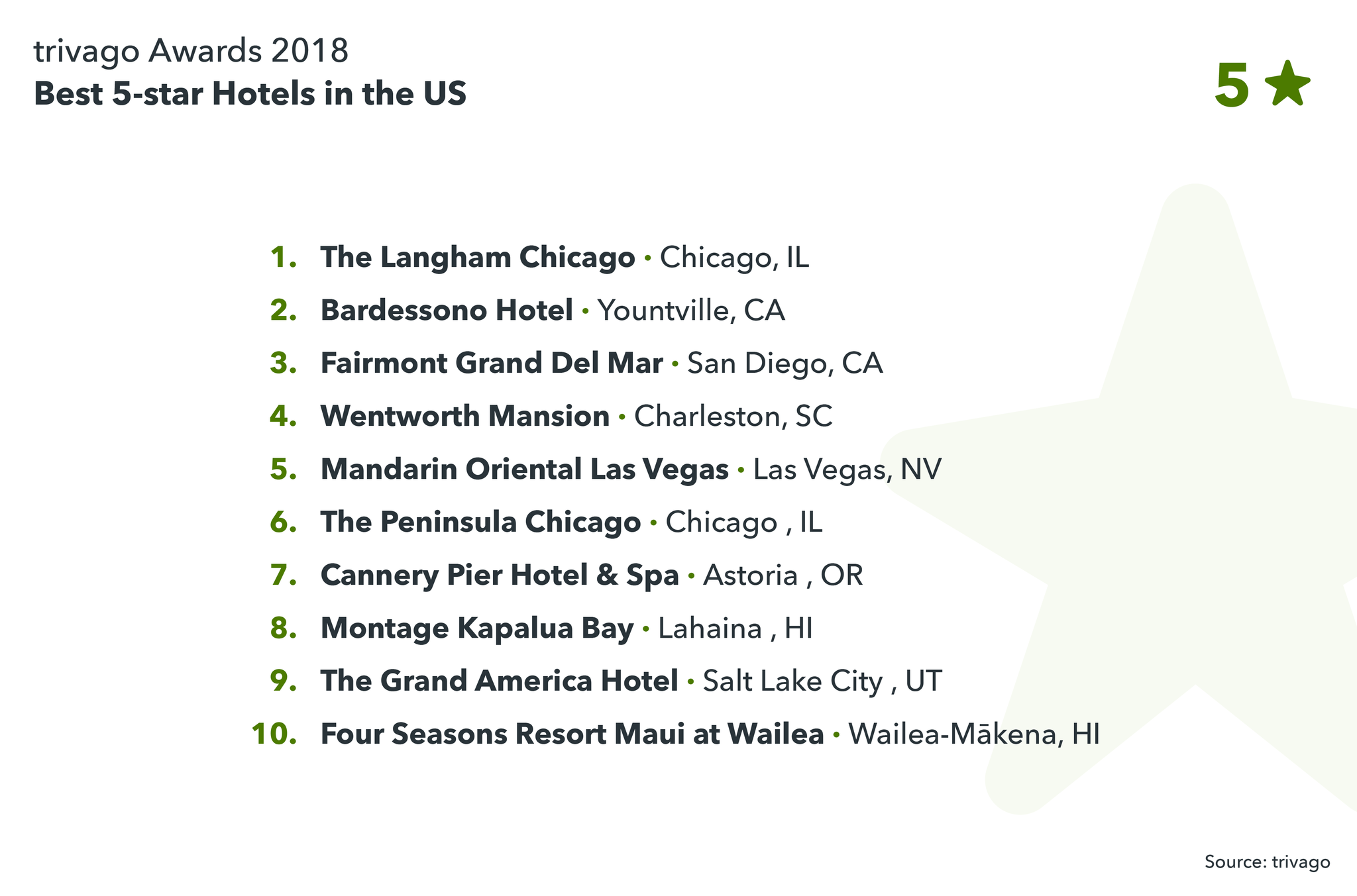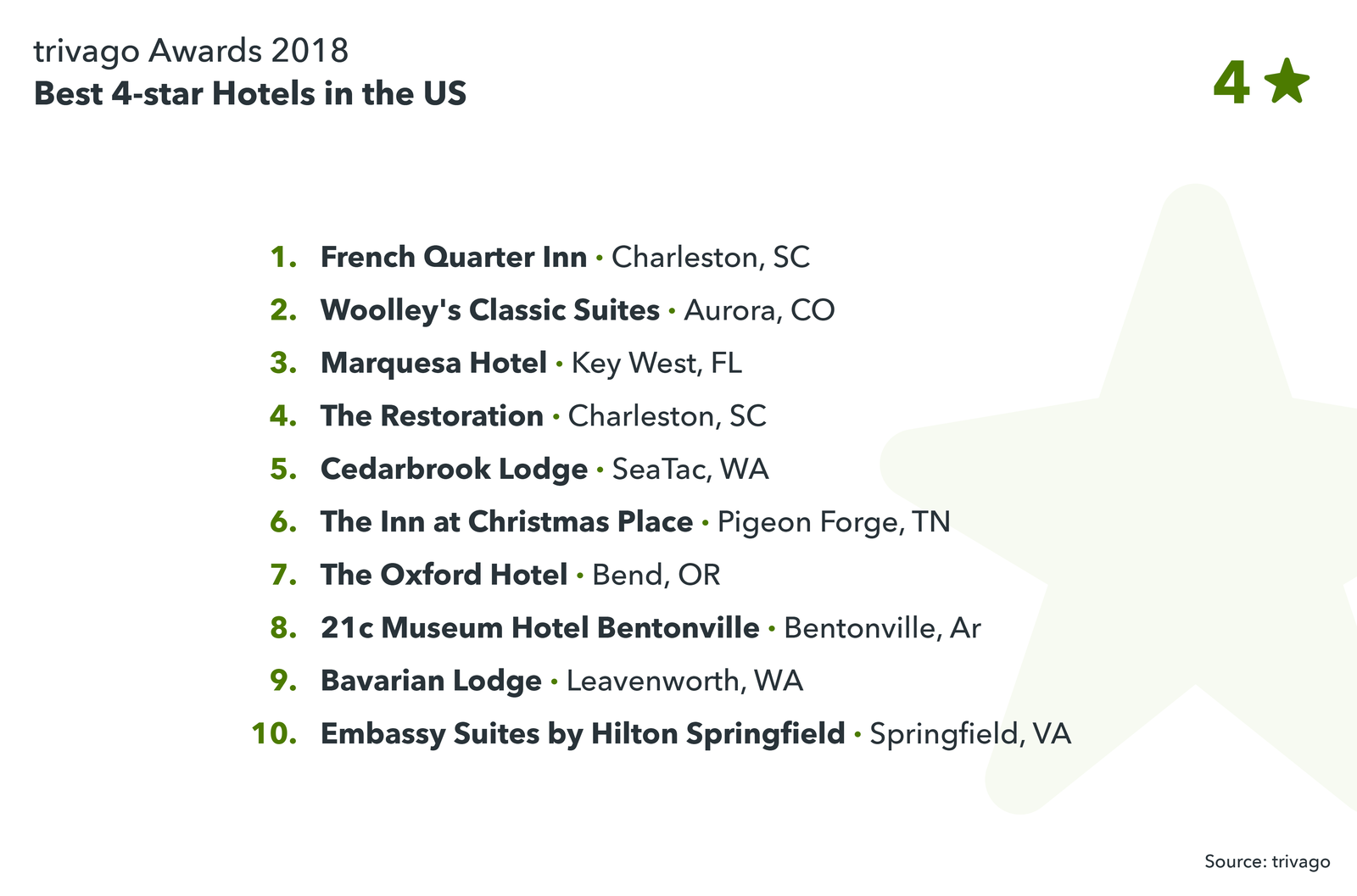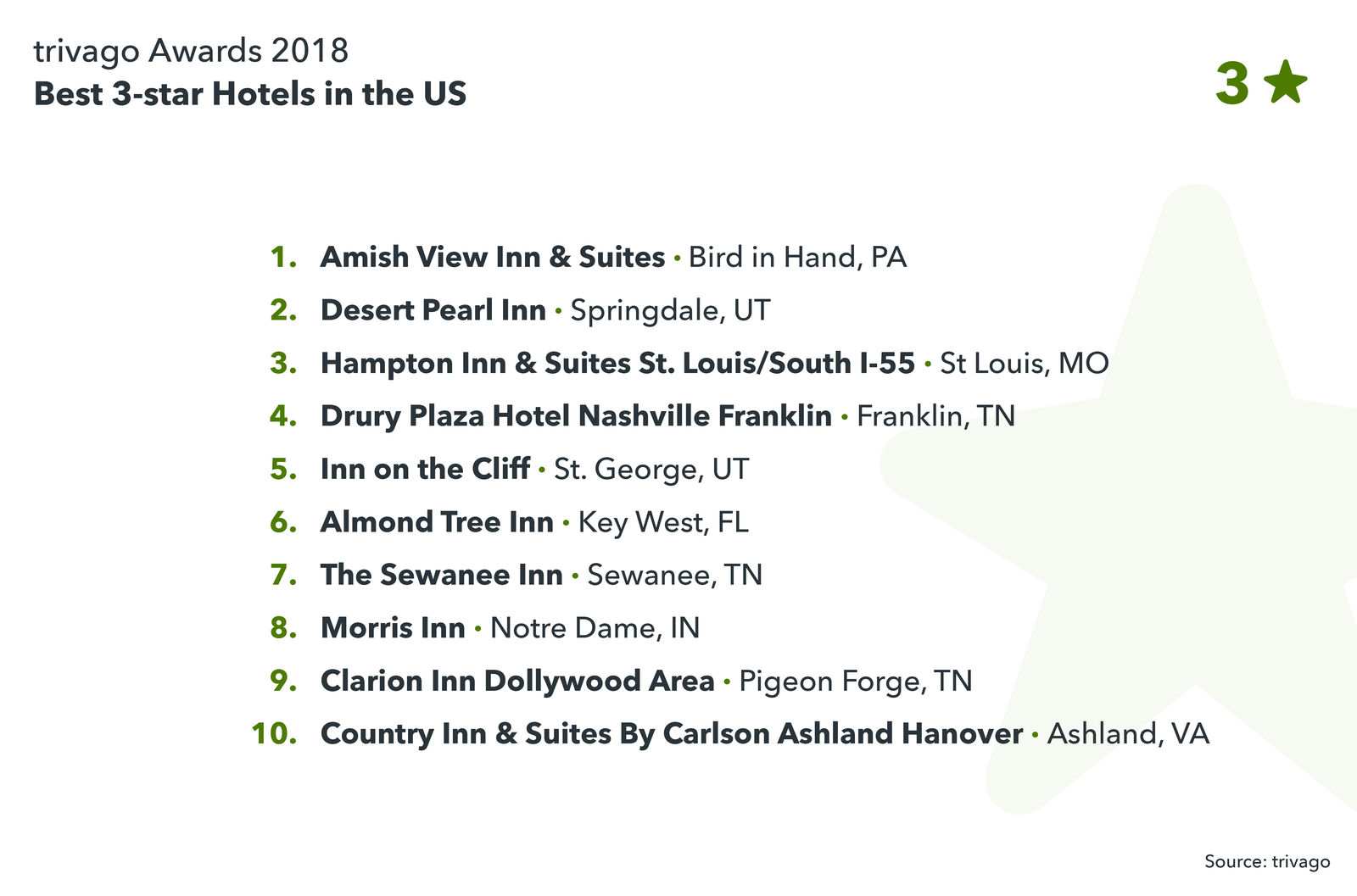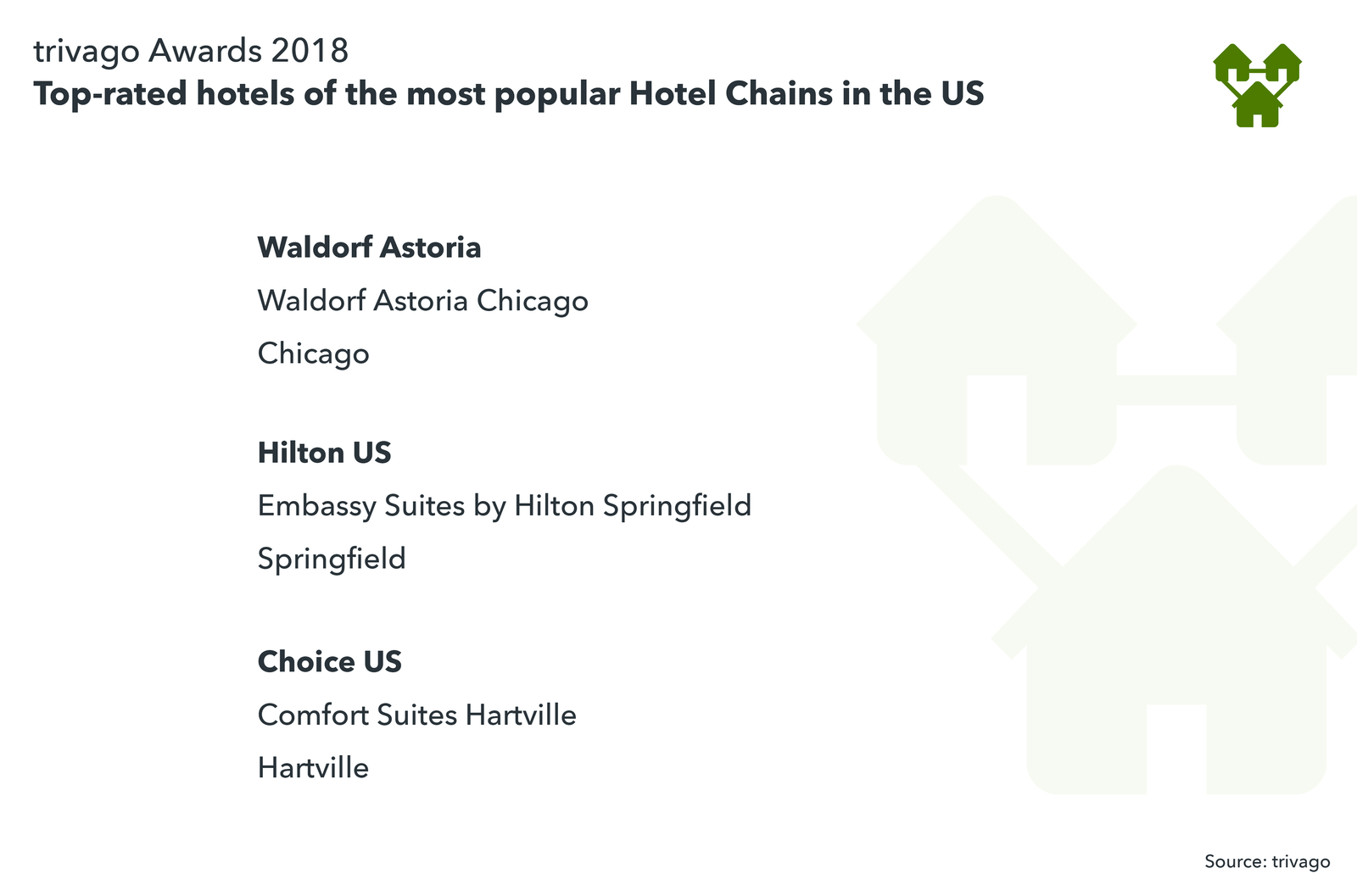By Mike Murray
I hope my articles (like this one and this one), are providing you with some insight into mobile as a critical component of your booking and distribution strategy. Especially, if you are trying to boost bookings with the world’s largest generation, Millennials.
In the last article, we started comparing and contrasting mobile websites and apps, outlining the pros and cons of mobile websites. Here’s a quick recap…
Pros: Mobile websites are readily accessible to anyone with a cell phone (the majority of people worldwide), which gives your property/brand the opportunity to reach more potential customers (than using mobile apps).
Cons: As a hotelier, the main challenge with the mobile web is that customers generally need to be looking for you (or a competitor) and it takes time, money and effort to ensure you are easily found, which – especially for small and mid-size properties/brands – is almost impossible given the time and resources that the OTAs put into digital marketing, customer acquisition and website conversion.
Many hoteliers believe that they don’t need to compete with the OTAs because if a customer already knows your brand, they will just head straight to your website when booking. Unfortunately, this is not true, as loyalty is fleeting. If you ask your guests to go back to the web to book, you run the risk that they will find a better deal or another hotel to book; in fact, every time your customers open a web browser, they are only a few clicks away from choosing to book with a competitor.
Think of it this way: mobile websites are ideal for brand awareness and general bookings, which works for brands with limited customer loyalty or guest services. But if your goal is to reduce costs and increase revenue in a meaningful way then mobile apps are a better strategy.
Now, let’s talk mobile apps…
A mobile app is a much better way to increase brand engagement and customer loyalty. They provide a more immersive and effective user experience than mobile websites, which in turn gives you a stronger bond with high-value guests. This helps to cultivate loyal customers and reward those guests that stay with your property over-and-over again. With a mobile app, you are literally putting your brand in your guest’s pocket and establishing a direct connection with them. When done correctly, provides a more efficient way to increase revenue and reduce the costs and risks of digital marketing. And when an app includes messaging and chat, it becomes an immediate feedback loop that allows guests to respond with questions and/or inform you of their interests so you can more effectively engage them. This means that you don’t have to wait for them to come to you.
It is true there can be extra effort required to produce a mobile app (vs. a website), but that should be expected with a more powerful tool, and we’ll cover costs a bit more below. You also need to ensure the app is feature-rich, frequently updated and that your guests find it simple and useful, as the most common reason that apps are abandoned are their limited functionality and/or a bad user experience. Mobile users want speed, efficiency, and utility. If your app fails on these points, your customers will abandon the app and will be extremely hard to win back, even if you fix the issues at a later date.
But, if you are willing and able to produce a mobile app (and do it right the first time), you will be rewarded with an ongoing communication channel with guests that enables a whole new world of revenue and service opportunities that can't be matched by a mobile website or any other customer channel.
Need additional proof?
A recent JD Power study showed that “guests who download and use a hotel's mobile app are more satisfied and have greater loyalty to that brand. While only 19% of all guests have downloaded a hotel app, 70% of rewards members have done so.”
In addition, it’s been shown that “apps drive a larger percentage of shoppers down the purchase funnel and convert at three times the rate of mobile web,” demonstrating just how much you can increase your revenue when you invest in a mobile app.
So, it’s obvious that apps can improve guest loyalty, which in turn produces more revenue and higher margins over the long-term. That sounds like a winning value proposition but the benefits of mobile apps don't end there.
Apps are also incredibly beneficial as a guest experience medium because of the functionality they offer to hoteliers. Unlike websites, apps provide a quick and secure means of enabling on-property services like concierge, in-room climate and entertainment controls, in-room dining orders, local guides, door locks, check-in/-out, etc., etc. While only a small percentage of guests are currently using these features, those who do are more likely to report higher satisfaction with their stay so, once again, it’s a win/win for hoteliers.
(TripCraft Tip: Wondering what services you should add to your brand’s app? A Phocuswright survey on mobile, showed that “49% of travelers expressed the desire to use their mobile devices for check-in and check-out, while 32% wanted to manage and make their own bookings and 16% would like to chat and text with the hotel staff.”).
OK, now for some of the real (and perceived) challenges of developing mobile apps...
Cost
Problem: The most common complaint about mobile apps is the effort and cost involved in developing one (when compared to that of a mobile website). Hoteliers are also worried about the development headaches associated with requiring different versions designed to suit different device operating systems. Fear not! Today, there are many new design tools to simplify the process and more app developers to take on the projects, decreasing the cost and effort of developing an app significantly. Surprised? In fact, the cost of both mobile websites and apps are now much more aligned than they were just a few years ago!
Solution: The best approach to managing development costs of both apps and websites is to work with a vendor that uses a platform to provide efficiency and scale. Unlike typical agencies and developers that build one-off solutions that can be expensive and quickly become obsolete, platform vendors leverage the reusability and extensibility of their platforms to reduce costs and avoid obsolescence. They avoid starting from scratch every time they build or enhance an app, and they can reuse modules of their platform for both apps and websites. This approach enables these vendors to repurpose design and technology building blocks to make mobile solutions much more affordable and extensible. So choosing your mobile vendor carefully will reduce development costs and provide a long-term strategy for growth and change.
Marketing the App
Problem: Many hoteliers worry how their potential guests will find their app amongst all the other apps on the app store – and, with no marketing on the hotel’s part, unfortunately they won’t.
Solution: You need to lead customers to your app! Promote your property’s app through your emails, loyalty programs, all on- and offline advertising/marketing, at your front desk and every other medium that is available to you. In fact, social media is the ideal medium to advertise your app, as most users are using them on their cell phone – the same device on which they will download your app.
How to Compete with the Competition’s Apps
Problem: Many hoteliers worry that customers won’t keep the app on their phone because storage space on their device is valuable. They wonder how they can compete with other properties apps. I always like to respond this way: “Isn’t that a bit like saying that customers aren't going to stay at your hotel when they can stay at all the other hotels in the city?!” *Mic Drop!*
Solution: When designing your app, think about what your app can provide that will turn customers into loyal guests – and keep them engaged with the app, long after they’ve checked out. Some options include extra services or features that they can’t get elsewhere, private access to deals and perks on future bookings or even unique, on-site mobile services (i.e. check-in or mobile room keys)? Your app’s success is only limited by your imagination; because there are so many features and benefits available on mobile apps, it is easy to earn a positive ROI on your development costs, especially when you factor in the benefit of cultivating repeat guests.
This was the case with The Standard Hotel Group when they launched their One Night Standard app; the app generated enough revenue to pay for itself in the first three months of use. With the app, the company increased RevPAR by 3% and achieved a 58:1 ROI on the development cost.
I realize you’ve been on the receiving end of lots of info in this two-part series on mobile websites and apps and probably want to cut to the chase: which mobile medium is better for hoteliers to implement if they want to boost bookings and revenue?
While some hoteliers or mobile experts will have a preference one way or the other, we believe that both mobile websites and apps, used together, will give your property the most effective mobile strategy and will generate the most revenue over the short- and long-term - especially since the new generation (Millennials!) has grown up using mobile devices and expects to engage with brands via mobile.
If you have limited budget, a mobile website should be your first choice; however, if you have the resources, having both a website and an app will enable you to reach a broader audience and develop a loyal following with high-value guests who will become repeat customers.
(TripCraft tip: As we mentioned earlier, look for a vendor who can develop both your mobile website and app more cost-effectively using a platform-based system.)
Mobile is the future of travel booking, so now is the time to launch your mobile strategy so that you can harness the power of the future TODAY!
If you have any questions about mobile websites or apps, feel free to contact me by email at any time: mike.murray@tripcraft.com.





